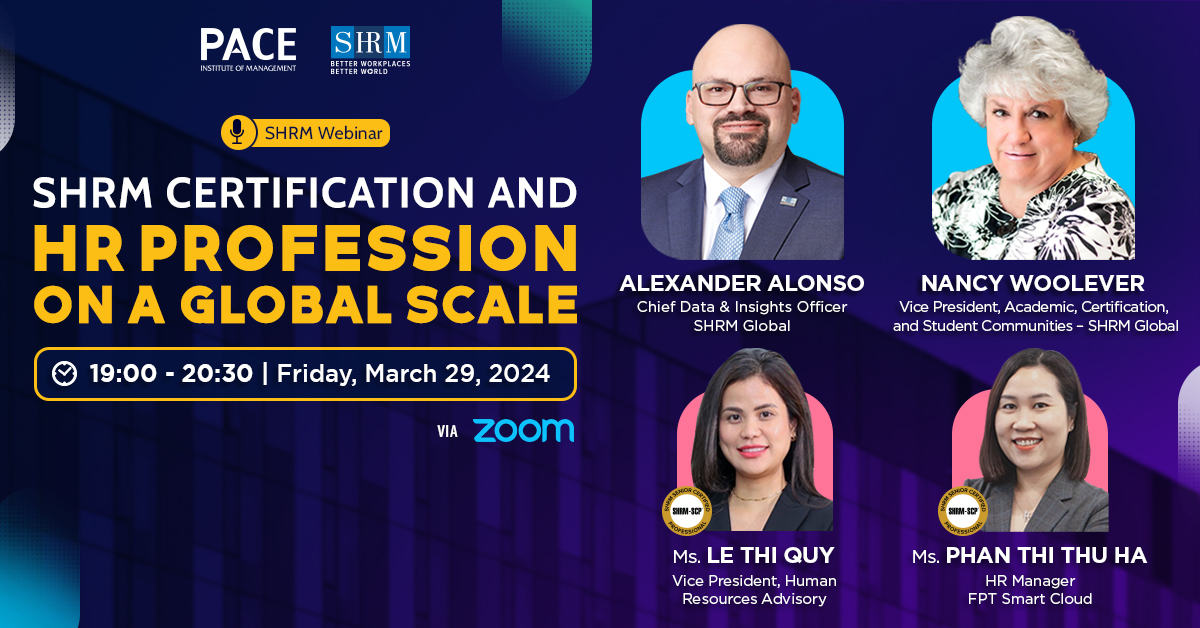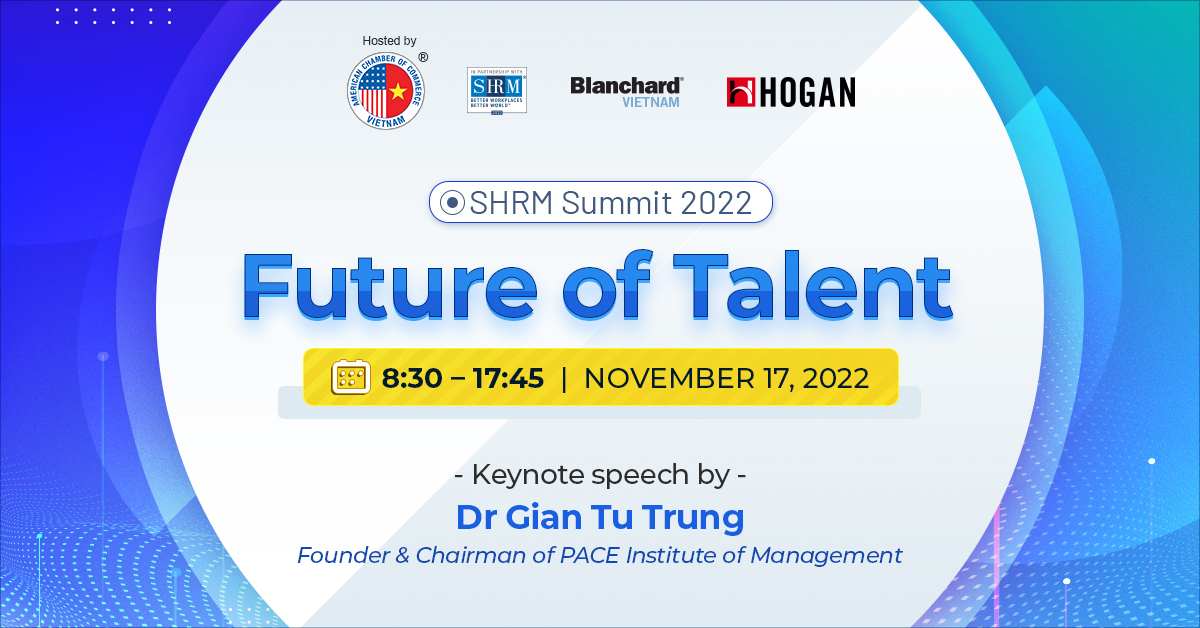HIRING LESSONS YOU NEED TO LEARN FROM THE GIG ECONOMY
In today's extremely tight labor market, time-to-hire matters. If you are too slow, you risk losing candidates who accepting another offer from another faster company. And the longer you wait, the lower the quality will be, as top candidates go elsewhere. Customers and employees will also feel the negative impacts of slow hiring if you are understaffed and struggling to meet demand.
The good news is you can improve your company's time-to-hire, which can give you a huge competitive advantage. The companies that have done this best are gig economy winners like Door Dash and Uber, who were able to bring on workers hire very quickly at scale when faced with huge demand for delivery services during COVID-19 lockdowns. Some of these companies claim they can even hire in an hour!
The gig economy uses the latest technology to meet their job applicants where they are, for example, like using mobile phones for the majority of their recruitment and application processes. By harnessing innovation to digitize their application process, Grub Hub and Instacart were able to hire hundreds of thousands of employees to satisfy demand.
The good news is you can improve your company's time-to-hire, which can give you a huge competitive advantage. The companies that have done this best are gig economy winners like Door Dash and Uber, who were able to bring on workers hire very quickly at scale when faced with huge demand for delivery services during COVID-19 lockdowns. Some of these companies claim they can even hire in an hour!
The gig economy uses the latest technology to meet their job applicants where they are, for example, like using mobile phones for the majority of their recruitment and application processes. By harnessing innovation to digitize their application process, Grub Hub and Instacart were able to hire hundreds of thousands of employees to satisfy demand.

In today's extremely tight labor market, time-to-hire matters. (Photo; freepik.com)
Here are four tips to help reduce your time- to- hire.
1. Make your application process nimble and mobile-friendly. Make it as easy as possible to apply as possible, with as few steps as possible. Speed defines success in the race to attract quality talent and prevent drop- off. According to research by Aptitude Research and my company Fountain, if the application process takes longer than 30 minutes, nearly half of the job candidates give up, leaving recruiters without not enough candidates to fill the jobs.
2. Treat your digital application process like an online shopping experience. Determine at what point the applicants are bailing out, leaving the equivalent of an "abandoned shopping cart" behind, and determine ways to keep them involved in the process.
3. Use automated screening to get rid of unqualified people and filter out those who aren't a fit right away. Have prospects answer simple questions about their level of education, age, and past experience with a different skill; require candidates who will be driving to submit a valid license by photo with their mobile phone early on.
4. Make sure the interview process doesn't slow down the hiring process. According to a Glassdoor survey, the average interview process in a U.S. company takes 23 days! Limit interviews as much as possible to a few key decision- makers, and schedule Zoom calls as soon as a qualified candidate makes it through screening.
Source: INC










